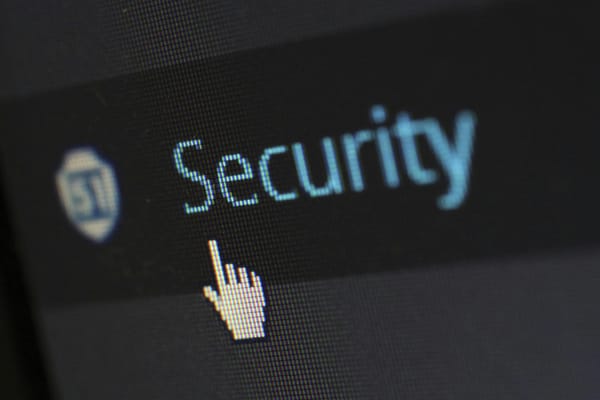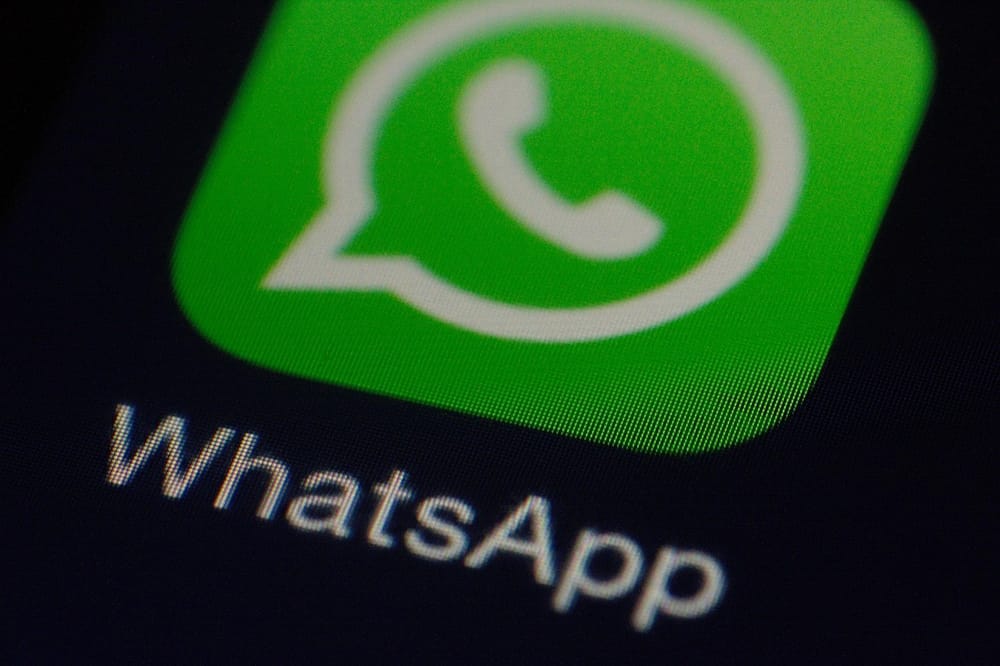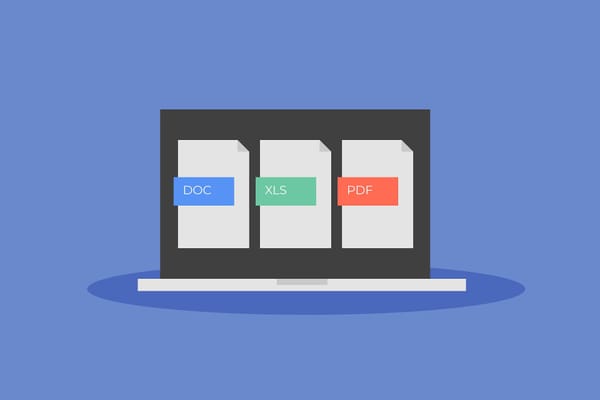Time to Spring Clean Your Small Business Cybersecurity – A Practical List Worth Saving for When You Need It

Spring is all about starting fresh. We clean our homes, sort through old things, and make space for the new. However, it's not just our physical spaces that need attention—our digital environments require a thorough cleaning, too.
Cyber threats are growing more sophisticated every year. That's why it's worth pausing to check your cybersecurity setup and make sure you've covered the basics. Think of it like clearing digital cobwebs—a quick spring clean now can help you avoid serious trouble down the road.
Here are three simple but powerful steps every small business should take.
Step 1: Refresh Your Passwords
If it's been a while since you last updated your passwords, now's the time. Old or weak passwords are one of the easiest ways for hackers to sneak into your accounts. Experts recommend changing your passwords every three months—or right away if something feels off.
When creating new passwords, aim for at least 12 characters, with a mix of uppercase and lowercase letters, numbers, and symbols. Avoid anything personal like birthdays or pet names. You can also use a passphrase—a string of random, unrelated words—to make it both strong and easy to remember.
Got too many passwords to track? A password manager can generate, store, and organize all your logins in one secure place. It'll save you time and boost your security all at once.
Step 2: Turn On Multi-Factor Authentication
Adding multi-factor authentication (MFA) to your accounts is one of the easiest ways to keep intruders out. Even if someone cracks your password, they won't be able to log in without a second form of ID—like a code sent to your phone or a tap on an authentication app.
Many platforms already support MFA. You'll usually find it in the security section of your account settings. It takes just a few minutes to set up and can make a big difference in protecting your business.
The easiest way to start is by enabling MFA on your accounts wherever it's available, often requiring just a few steps:
- Go to the security settings of your account.
- Select the option to enable MFA.
- Choose your preferred method of verification (SMS code, authentication app, email verification, etc.).
- Follow the prompts to complete the setup, such as linking your phone number or installing an authentication app.
Step 3: Update Your Software
Don't ignore those update reminders. Software updates often include security patches that fix newly discovered bugs or weaknesses hackers love to exploit.
Outdated software leaves the door open to malware, ransomware, and other attacks. Keep your operating systems, browsers, apps, and plugins up to date—on every device used in your business. This applies to everything from laptops to smartphones.
For small businesses, staying up to date also helps you stay in line with data protection rules and shows customers you take their privacy seriously.
The Deep Clean – For Small Business Owners Ready to Go Further
If you're ready to go beyond the basics, here are four deeper cleaning tasks that can help you stay in control and reduce risks.
1. Clean up your inbox
Your inbox might be holding more than just old newsletters and invoices. Cybercriminals often use email to deliver phishing scams or malware. Take time to delete what you no longer need, unsubscribe from mailing lists you don't recognize, and report anything that looks suspicious. Also, double-check that your email filters are doing their job, and consider training your team to spot phishing attempts before they cause damage.
Related: 7 Tips to Master Inbox Zen
2. Review your social media feeds
Social media is great for business visibility, but it can also be a gateway for scammers. Look through your business profiles to remove outdated info, revoke access from old team members or third-party tools you no longer use and check privacy settings. You may also want to review who follows you and who you follow—sometimes, fake accounts sneak in and stay unnoticed. Keeping your profiles clean and secure helps protect both your business and your reputation.
Related: Take back control of your social media feeds
3. Organize and back up your files
Cluttered desktops and scattered cloud folders aren't just messy—they make it harder to spot risks like suspicious downloads or missing documents. Set aside time to sort files into clearly labeled folders, delete what you no longer need, and backup everything important. It is ideal to have at least one secure cloud backup and one offline copy. This way, if ransomware attacks or hardware fails, you won't be'restarting from scratch.
Related: The File Frenzy Finale: Review, Organize, Delete & Back up
4. Track down and delete unused media accounts
Old accounts on photo editing apps, design tools, or stock photo sites might seem harmless—but if you’ve reused a password or left sensitive business data behind, they could become a weak link. Do a quick audit of accounts you’ve created over the years. If you’re not using them anymore, log in, clear your data, and shut them down. It’s a smart way to reduce your digital footprint and limit how much personal or business information is floating around.
Related: How to Find and Delete Forgotten Online Accounts
Bitdefender Ultimate Small Business Security gives small businesses like yours the tools to stay protected, organized, and in control—without the hassle.
It blocks malware, phishing attempts, and scam websites before they reach your team, so you spend less time reacting to threats and more time running your business. It also helps you stay tidy behind the scenes with features like password management, device cleanup tools, privacy monitoring, and alerts about suspicious activity on your business accounts.
Check out our plans for small businesses.
Spring Cybersecurity Checklist for Small Business Owners
A practical list to save and use whenever you're ready for a digital refresh.
✅ Update all key business account passwords (email, banking, cloud services). Use strong, unique passwords or passphrases (12+ characters, mixed types)
✅ Set up a password manager to store and organize your logins
✅ Turn on two-factor authentication (2FA) on all accounts that support it
✅ Install pending software updates on all business devices and apps. Enable automatic updates wherever possible
✅ Clean out your email inbox: delete, unsubscribe, and organize
✅ Set up filters or rules to keep your inbox clutter-free
✅ Review and update your social media accounts
– Remove outdated content
– Revoke old team or app access
– Adjust privacy settings
✅ Organize digital files into clearly labeled folders
✅ Back up important business files (use both cloud and offline storage)
✅ Audit and delete unused online accounts (e.g. media, tools, design apps)
✅ Remove saved data from accounts before closing them
✅ Set a reminder to review this list every 3–6 months
FAQs
How often should I change my passwords?
It's a good idea to change your passwords every three months, especially for important accounts like email, banking, and business platforms. If you ever notice suspicious activity or hear about a data breach, change them right away. Using a password manager can help you stay on top of it without the headache of remembering every login.
How can I tell if an email is a phishing scam?
Phishing emails often try to create a sense of urgency—like saying your account will be closed or that you've won something. Watch for strange sender addresses, spelling errors, and unexpected links or attachments. If you're unsure, don't click anything. Instead, contact the company directly through their official website.
I have too many emails in my inbox—what's the best way to clean it?
Start by sorting your inbox by sender or subject to find bulk emails you can delete or archive quickly. Unsubscribe from newsletters or updates you no longer read. Then create folders or labels to organize what's left. Many email platforms also have built-in tools or rules you can use to automate future sorting and reduce the daily clutter.
What's the best way to back up business files?
Use both a cloud backup and a local (offline) backup for the best protection. Services like Google Drive, Dropbox, or OneDrive are useful, but you should also keep a secure external hard drive or encrypted USB as a second layer. Automate backups where possible so you don’t have to remember to do it manually.
How can I protect my business on social media?
Limit who has access to your business accounts, and regularly check that permissions are up to date. Use strong passwords and enable two-factor authentication. Remove outdated content, review privacy settings, and keep an eye on comments and messages for suspicious activity. Staying active also helps you spot anything unusual faster.
What's the best type of two-factor authentication (2FA)?
The most secure type of 2FA is usually an authentication app, such as Google Authenticator or Microsoft Authenticator. These apps generate time-sensitive codes that are harder for hackers to intercept than text messages. If your device supports it, biometrics like fingerprint or face recognition also offer a strong extra layer of security.
tags
Author
Cristina is a freelance writer and a mother of two living in Denmark. Her 15 years experience in communication includes developing content for tv, online, mobile apps, and a chatbot.
View all postsRight now Top posts
How to Protect Your WhatsApp from Hackers and Scammers – 8 Key Settings and Best Practices
April 03, 2025
Outpacing Cyberthreats: Bitdefender Together with Scuderia Ferrari HP in 2025
March 12, 2025
Streamjacking Scams On YouTube Leverage CS2 Pro Player Championships to Defraud Gamers
February 20, 2025
How to Identify and Protect Yourself from Gaming Laptop Scams
February 11, 2025
FOLLOW US ON SOCIAL MEDIA
You might also like
Bookmarks







